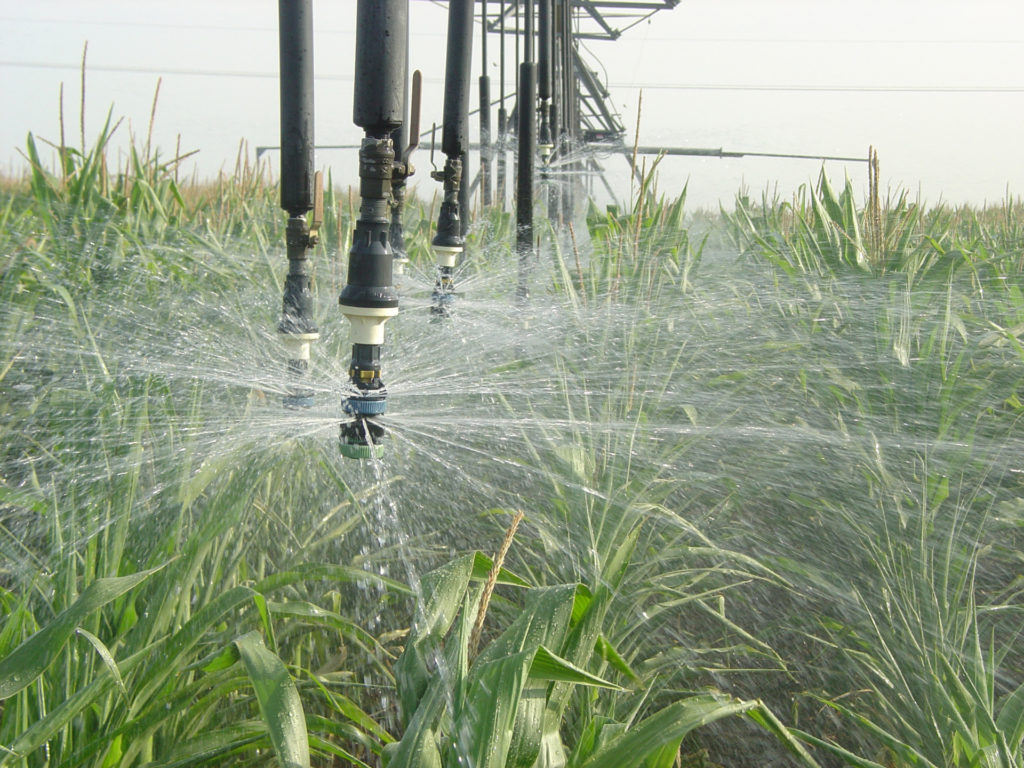2020 High Plains Crop Profitability Analyzer available to producers
The Texas A&M AgriLife Extension Service has released an updated 2020 High Plains Crop Profitability Analyzer budgeting tool just in time to help Texas High Plains producers plan for the new year, said Justin Benavidez, Ph.D., AgriLife Extension economist in Amarillo.

“This decision aid assists producers in making management decisions on the optimal crop mix for their land,” Benavidez said.
DeDe Jones, AgriLife Extension risk management specialist said the tool originated in 2016 and was created by a team of AgriLife Extension and Texas A&M AgriLife Research specialists, along with a producer advisory committee.
Jones said while the tool employs High Plains’ budgets, the program’s flexibility makes it usable in other areas of the country as well.
The irrigated crops available for analysis are alfalfa, canola, corn, corn silage, cotton, peanuts, sorghum, sorghum seed, sorghum silage, sorghum Sudan grass, soybeans, sunflowers, triticale and wheat. Dryland crops include canola, cotton, sorghum, sorghum Sudan grass, sunflowers and wheat.
“This is an extremely flexible tool that can assist producers in evaluating their cropping choices and water use for the upcoming year,” Benavidez said.
He said the budget cost estimates are averages and producers using it can and will need to modify the prices, input costs and yields to fit their operations.
The spreadsheet contains four sections where analysis is performed: enterprise budgets that require user input, breakeven price estimates, comparative returns and optimal irrigation analysis.
“The enterprise budgets not only provide a measure of crop profitability but also allow for evaluating the landowner/tenant shares of a crop-share lease agreement,” Benavidez said. “In the break-even section, a sensitivity analysis is performed that varies yield and calculates the various prices that would be required to cover out-of-pocket and total costs for each of the crops.”
The comparative section provides the expected revenue, out-of-pocket and total costs for each of the crops, he said. The irrigation section allows a producer to identify their optimal crop mix by taking into consideration the water available and any water-use restrictions that apply.
“Based on all that information and the crop budgets, the amount of land and profitability is calculated for each of the crops and presented both numerically and graphically,” Benavidez said.
“Another interesting feature is that you can ‘toggle on’ or ‘toggle off’ crops, so you can limit the analysis to only crops you are interested in growing,” Jones said.
The 2020 High Plains Crop Profitability Analyzer can be downloaded for free at: http://amarillo.tamu.edu/.


